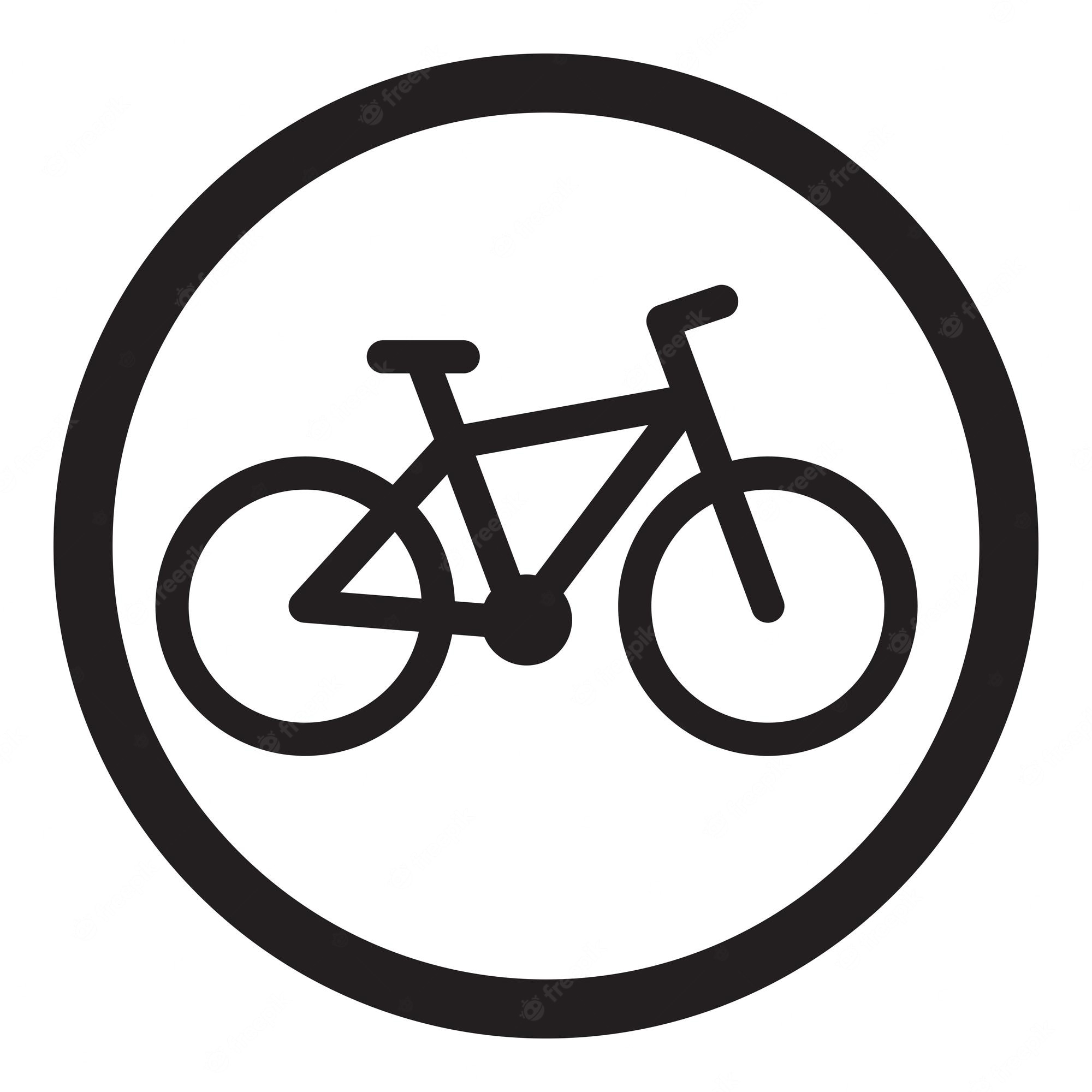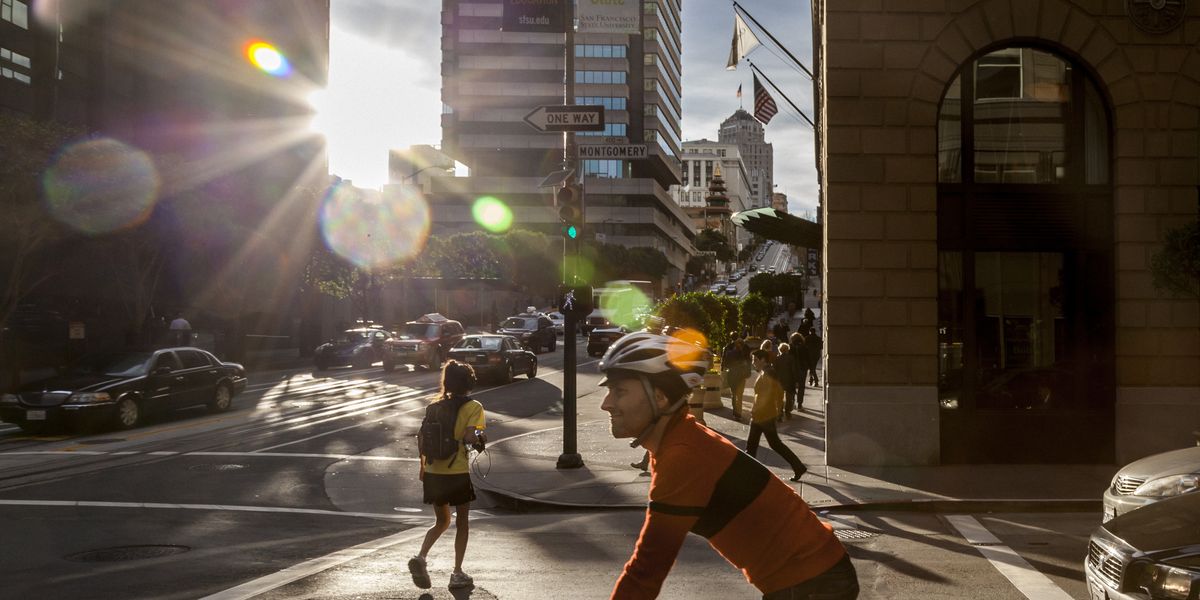Thanks to a new bill that went into effect in California on January 1, 2024, bicyclists will now enjoy greater safety from motor vehicles. At least, they will in theory.
The bill, titled California Bill A.B. 1909, states that bicyclists in the state are now permitted to cross whenever pedestrians are. This is an important development thanks to a technology called Leading Pedestrian Interval, or LPI, which gives walkers a head start on the right-of-way before traffic is allowed to commence.
In other words, signals that detect traffic in California are built to give pedestrians an extra three to seven seconds before any light in the intersection turns green, making pedestrians more visible to vehicle traffic. Several studies show that this seemingly minor head start can have major ramifications on the safety of pedestrians.
One 2016 study showed that the intersection in San Francisco that had the highest number of pedestrian injuries from left-turn incidences saw that number drop to zero once that intersection was armed with LPI functionality. Another study, performed in 2008, showed the LPI can reduce pedestrian strikes by more than 46 percent.
Before A.B. 1909 was passed, LPI applied only to pedestrian traffic. Cyclists had to abide mostly by motor vehicle traffic laws (as is the case in many cities around America).
But now, thanks to A.B. 1909, as cyclists are allowed the same head start pedestrians get, the hope is that there will be less vehicular strikes. In fact, in many cases, three-to-seven seconds will provide enough time for a person on a bike to completely clear an intersection, which, according to a study by the New York City Department of Transportation, is one of the most dangerous places for bike riders in urban settings. That study pointed out that 89 percent of cyclists involved in vehicle crashes in the city were struck at intersections.
This is huge news! Allowing cyclists to use the “Leading Pedestrian Interval” at intersections WILL save lives.
Meanwhile, I think Toronto actively issues tickets to cyclists who try to preserve their safety by crossing on the LPI. 😒
Man I have yet to have the experience of being pulled over on a bike. I might not be able to contain my laughter if it did happen.
You should check out some older videos by Casey Neistat. The dude has been ticketed by NYC cops for not riding in the bike lane, even though the bike lanes had people parked in them, blocking them for deliveries, etc.
If I ever had such a BS ticket, I would absolutely want to fight it in court.
One of my dreams in life is to get a speeding ticket on my bike. I even went like 30 in a 20 right next to a cop once, but they didn’t pull me over. One of these days I’ll get it…
I would go to court just to ask for a copy for a frame.
LPI is a thing in Toronto and although I was a little skeptical at first, I think it has huge benefits for pedestrians and motorists alike.
Even when I’m driving, it’s the perfect opportunity for me to check and turn right on red if no one is coming from either direction. At a green light, I can more easily turn right because most people are near halfway through the intersection by the time the LPI finishes, so less need to awkwardly sit halfway through the turn.
If you try to left turn at a busy intersection downtown you’re fucked, and only the technique I dub “Toronto’s Advanced Red” works (sitting in the intersection and clearing once cross traffic finally stops after yellow). However, at less busy intersections it also makes it easier for more cars to turn leftbecause most pedestrians are finished crossing by then.
This is all to say, I’m all for LPI and its protections should be extended to bicycles here in Canada too. Other cities could use it. Just like California and other states, provincial highway laws need to be changed to make it legal to do this.


